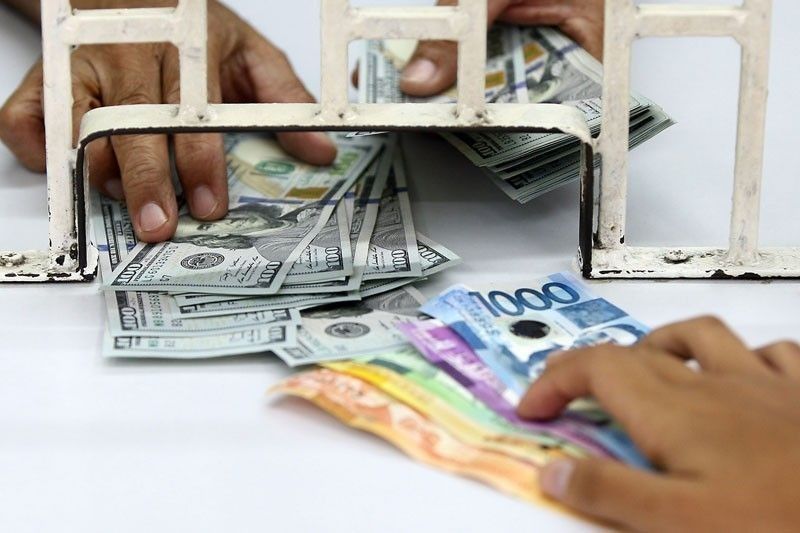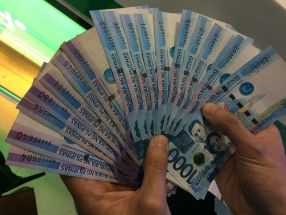Peso likely to end 2019 at P52.10:$1 — Fitch unit

MANILA, Philippines — The strengthening of the Philippine peso may slow down over the near term as benefits from external tailwinds fade, although the local unit is somewhat insulated in the event of an aggressive sell-off in the emerging market space, analysts at Fitch Solutions said.
In a report sent to reporters Monday, the Fitch unit said it expects the peso to average P52.10 against the US dollar in 2019, “as the boost from dollar weakness and hopes of a cooling of trade tensions fade.”
If realized, this would be stronger than the local unit’s 2018 finish of P52.58 versus the greenback.
“Following dovish tilts from the Federal Reserve and the European Central Bank in June, the peso has strengthened, benefiting from a wider rally across risk assets on US dollar weakness,” Fitch Solutions said.
"Doves" prefer low interest rates because they believe that will spur consumer borrowing and spending, which contributes to economic growth. "Hawks," in contrast, prefer higher rates since these will curb inflation.
“In Asia, news that that US President Donald Trump and Chinese President Xi Jinping had agreed to meet on the sidelines of the G20 summit in Osaka, Japan raised hopes of a cooling of trade tensions, which had thus far weighed on investor sentiment towards the region,” it added.
“However, with the potential for more positive trade dynamics already priced into the peso via the recent appreciation, we believe markets will need an upside surprise boost for the peso to break-through the resistance level PHP51.00/USD.”
The Philippines has been posting large trade gaps since 2017 amid a sustained rise in imports to feed the Duterte government’s ambitious infrastructure program, reversing the nation’s current account surplus to a deficit and pressuring the peso.
The Bangko Sentral ng Pilipinas held off further policy easing last month and kept its key rate unchanged after inflation accelerated to 3.2% in May, contributing to the peso’s appreciation. In the policy statement, monetary authorities described their decision as a “prudent pause for the time being.”
While lower interest rates could help power economic growth, which eased to a four-year low in first quarter, a dovish monetary policy may prompt foreign investors holding peso-denominated assets to withdraw their money and move them to other nations in search of higher returns, boosting demand for dollar and weakening the local currency.
“In a more aggressive bout of selling pressure, the country’s net external creditor status, strong foreign direct investment inflows (2.7% of GDP in 2018) and healthy reserve base (7.5x import coverage in May) will provide somewhat of a buffer,” Fitch Solutions said.
“A more aggressive easing of monetary policy by the BSP or an aggressive sell-off across the EM space, are the two most prominent downside risks to our view,” it added.
“Given the dovish tilt by the [developed market] central banks, the former is increasingly likely, while the tilt may indicate the latter is around the corner.” — Ian Nicolas Cigaral
- Latest
- Trending






























